

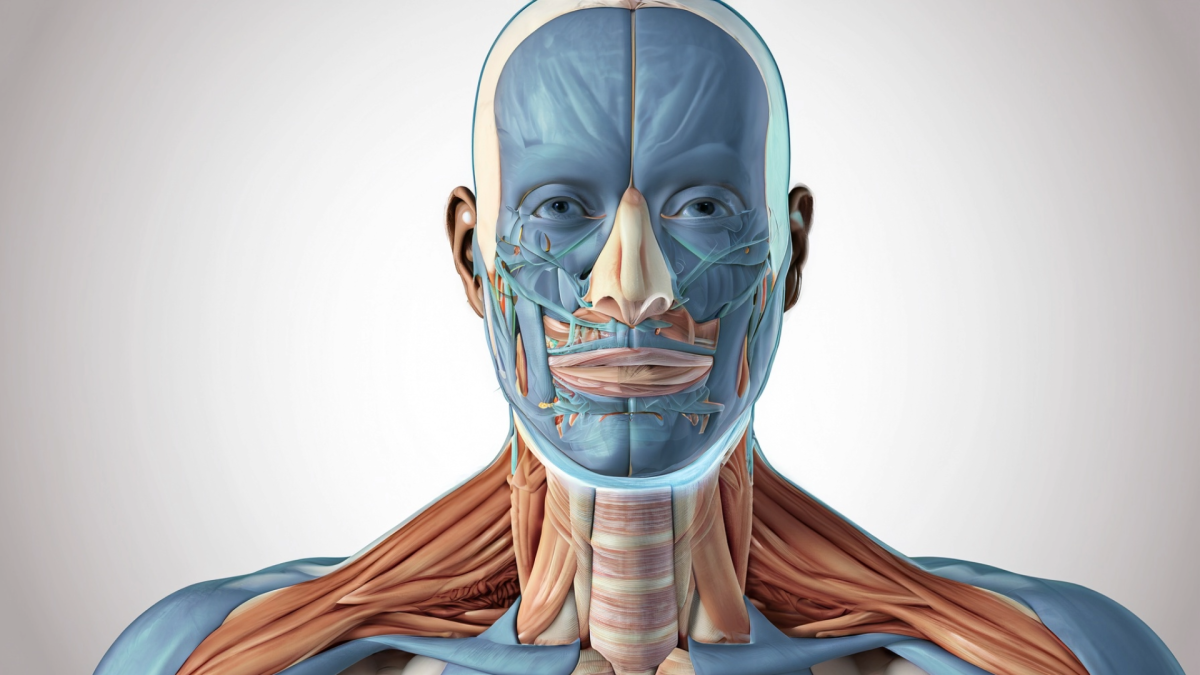
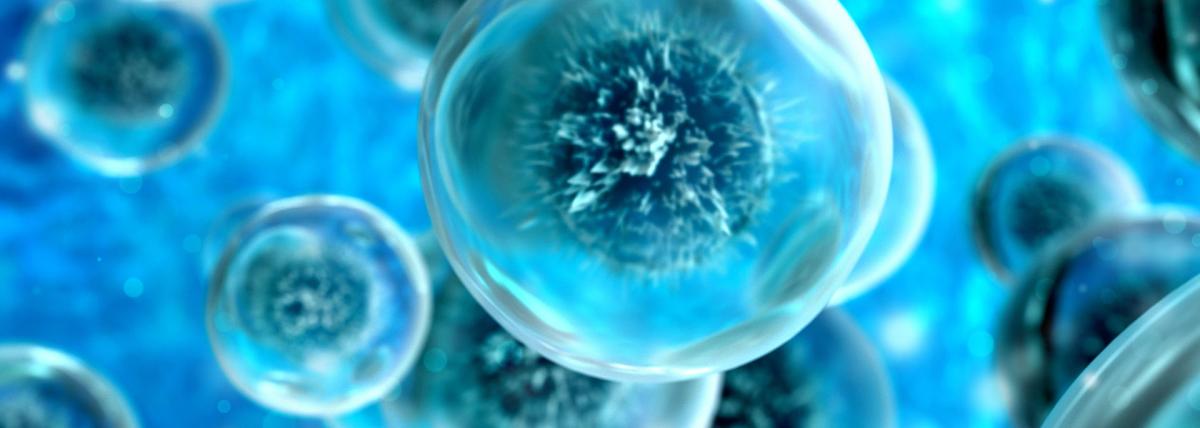

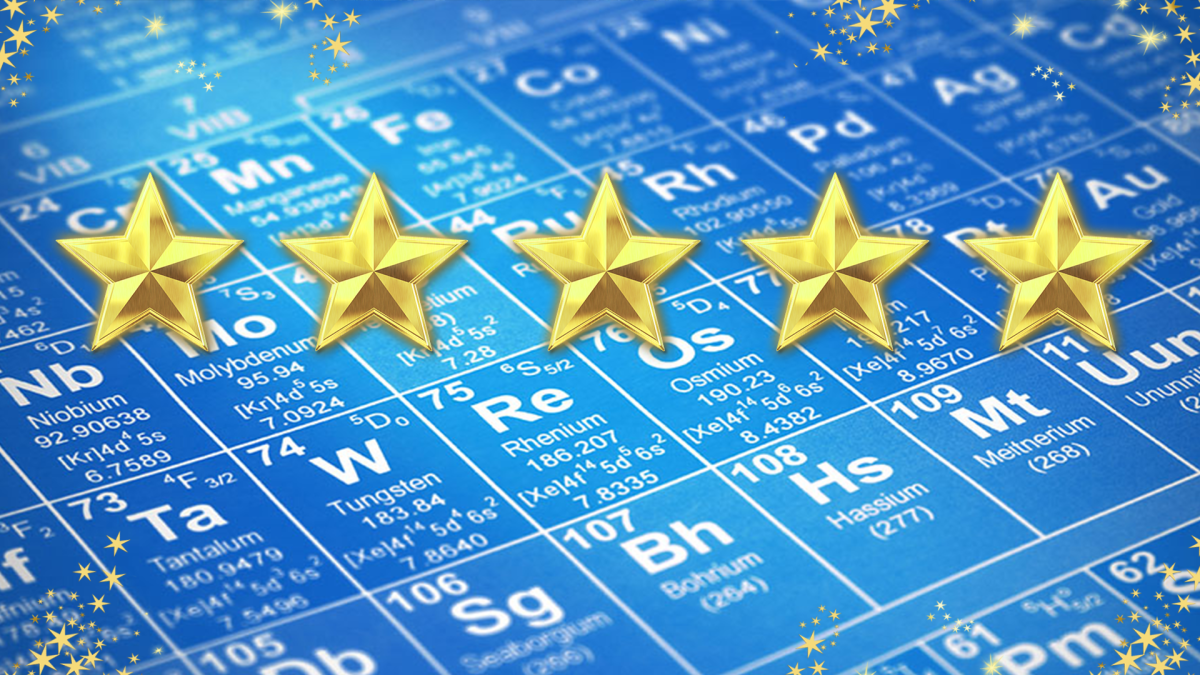






Student will be able to compare the energy content of two common fuels used for energy production (ethanol and kerosene). Students will work with a partner to investigate the efficiency and

This project sets students up to explore animal anatomy and physiology with the idea of replacing a lost appendage (beak, leg, tail, fin, etc.) This is used in small groups of 2 or 3 over the course
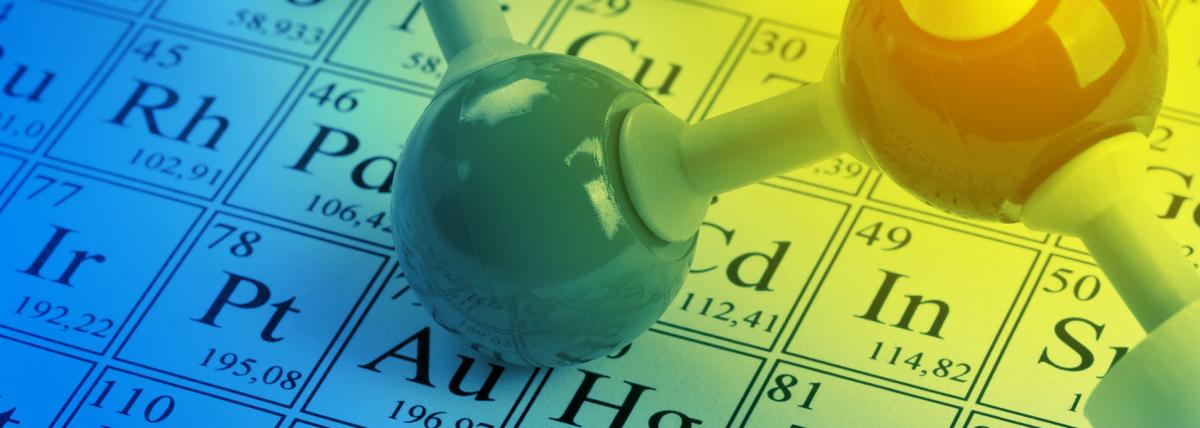
Lesson explores compounds, mixtures and solutions, defining each and what distinguishes them from each other. Students complete a lab as an introduction, use a PowerPoint to refine their knowledge and

This lesson is designed to review key biology concepts with 9-10th grade students using hands-on activities with LEGO bricks. I usually implement this a week before our Final exams. Students will
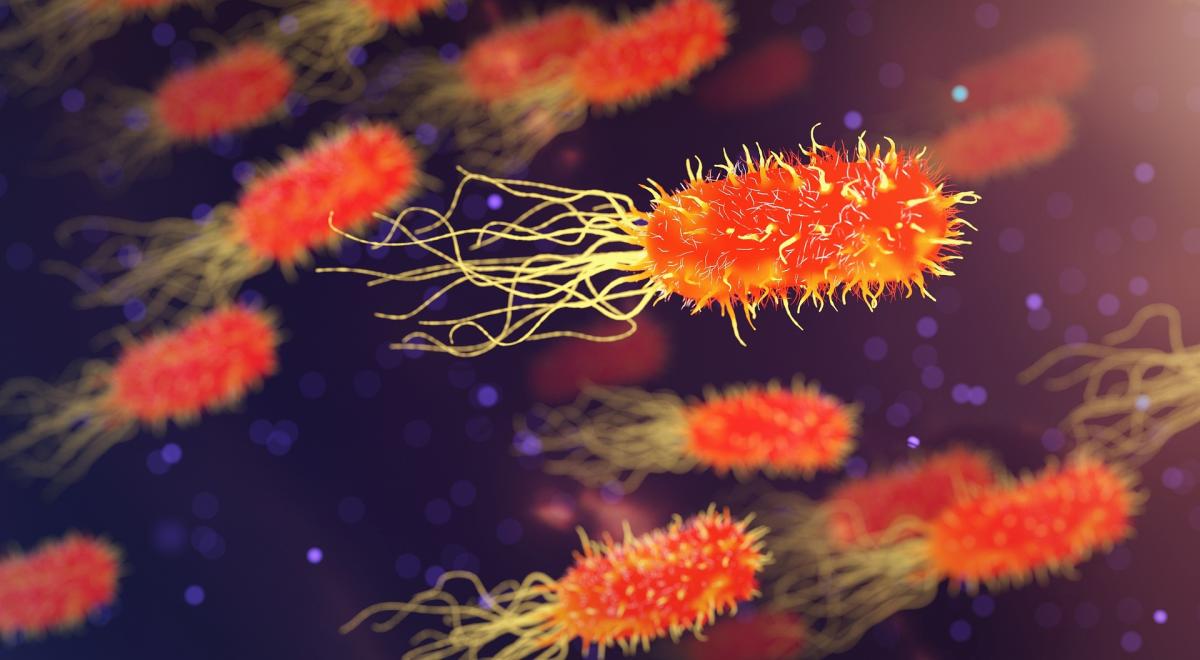
This lesson introduces the students to what are antibiotics, how they work, and why they are important. At the same time, it also talks about how an organism becomes antibiotic resistant. The students
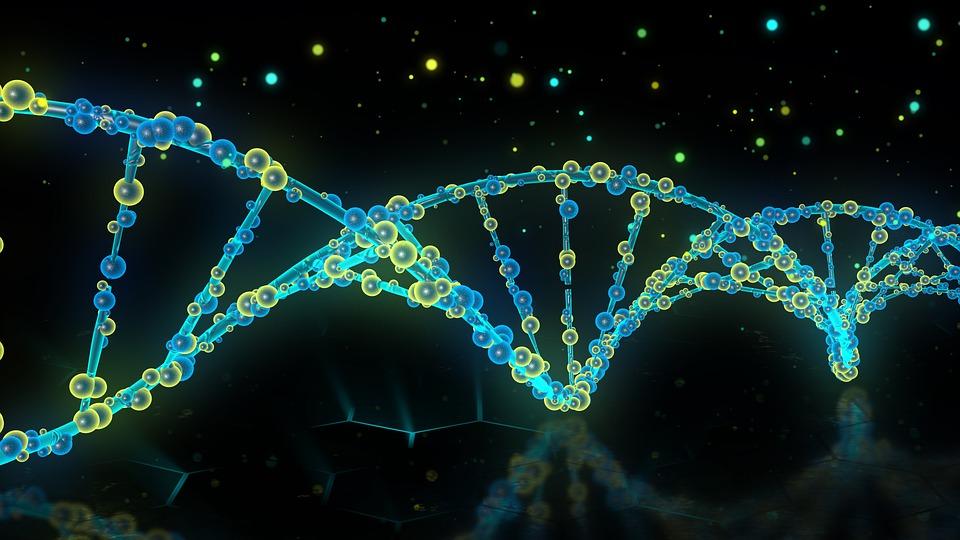
The lesson targets high school students. It aims to impart a solid understanding of genetics and probability through hands-on activities featuring Wisconsin Fast Plants. Covering an introduction to

In this final lesson, students will use a life expectancy model to figure their likelihood of dying at a certain age They will use this answer to calculate their best life insurance policy, and

Students will orient to the varied rates of death that depend on age. They will learn how to check for conditions of valid sampling designs that let them use the Normal curve for modeling their sample

In this lesson two of four, students have to estimate and guess how much weight each of four factors has on a person's life expectancy, which often causes discomfort. They will ask you for direction

In this first of a four-part unit, students are introduced to the question under investigation: How much life insurance should I buy to cover myself when I am 45 years old? To answer this

DNA, or Deoxyribonucleic Acid, is the molecule of life. DNA exists in every single organism, from the smallest bacteria to the largest mammal, and is the only known molecule that has the ability to

This lesson plan provides material for two 90-minute periods. Day one provides guided opportunities to explore chemical equations and day two consists of 10 hands-on stations practicing and applying

The students receive a sample population of "bears" and use the colors and ratios to determine the genotypes of the captive bears and their parents.


